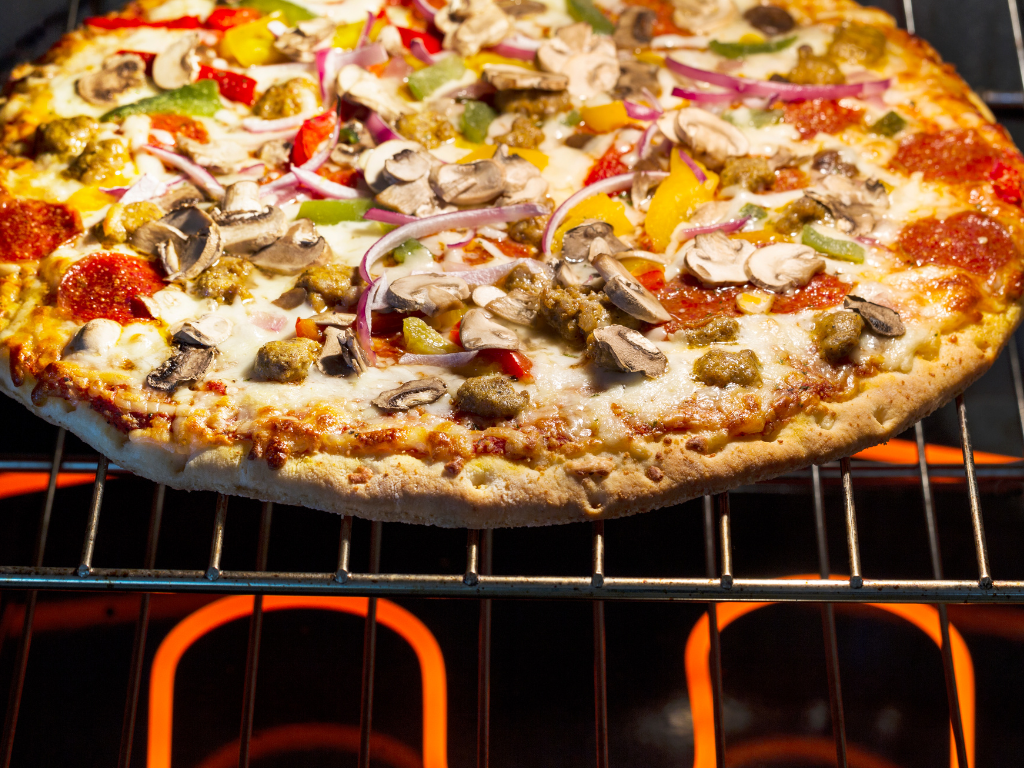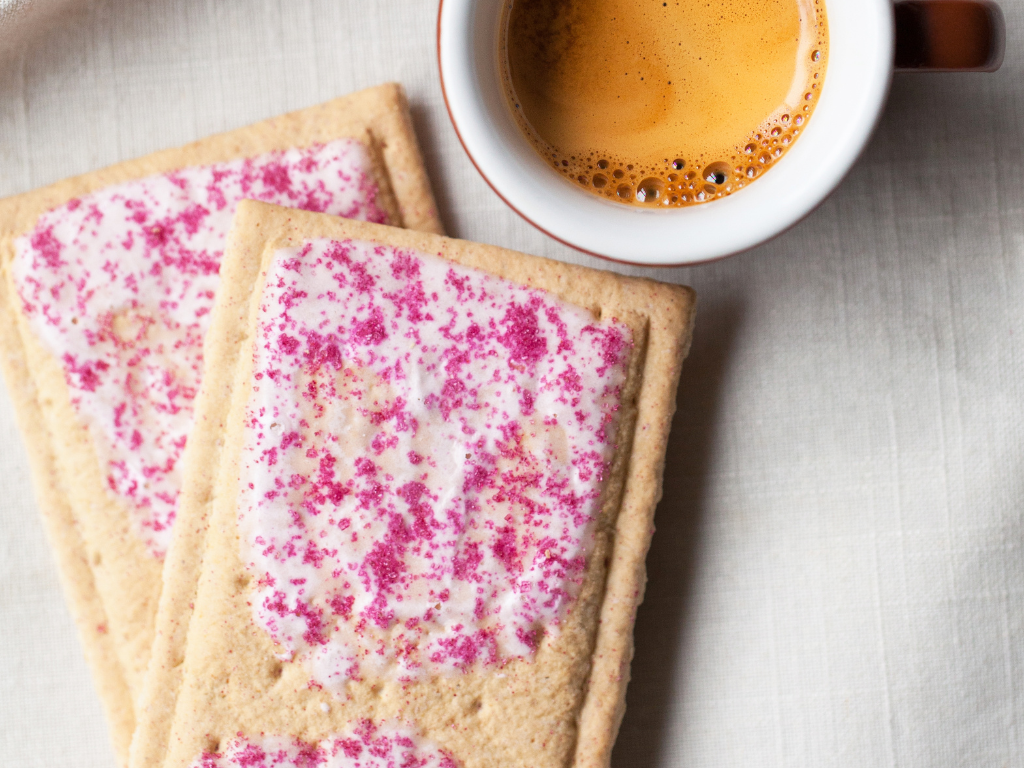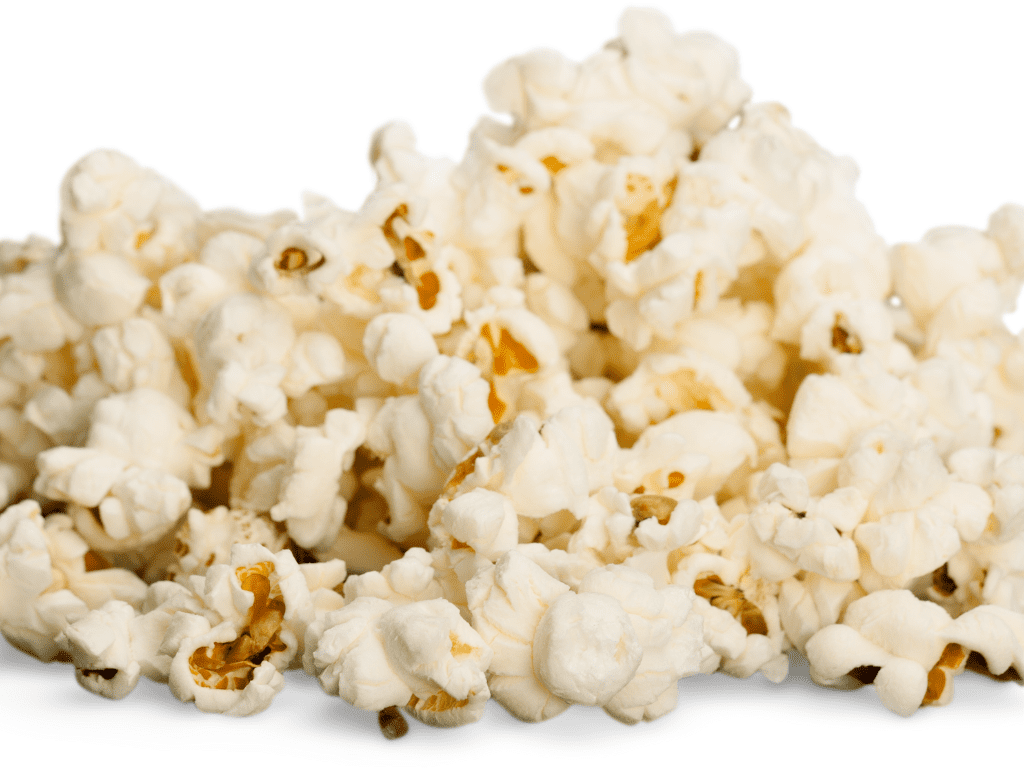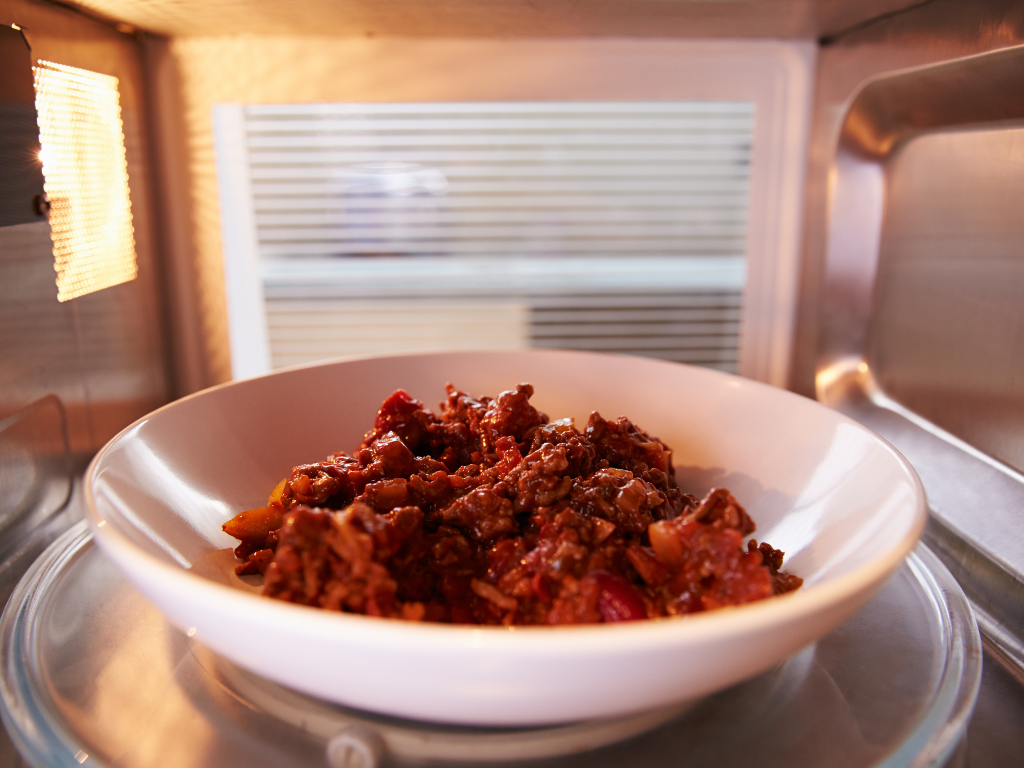
Vanilla is among the most popular flavors out there, always present when picking an ice cream, drink, and even in creams and lotions. However, many of us might not know where this delicious flavor comes from and why it can be expensive when sold in its raw form. While you might not run the risk of seeing your favorite flavor disappear any time soon, it is worth knowing what its value is and why it can be expensive.
Vanilla bean is the fruit of Vanilla planifolia, a variety of orchids that grow in tropical climates, especially in the northern region of Madagascar. Natural vanilla extract is the primary byproduct of vanilla beans which are extremely hard to harvest and makes their price fluctuate.
Vanilla beans are at the core of the flavor we love so much, so read on to learn all about them.
What is a Vanilla Bean?
Vanilla bean is the fruit produced by vanilla orchids. While there are over 110 varieties of vanilla orchids, 99 percent of commercial vanilla is derived from the fruit of Vanilla planifolia, an orchid variety that originates from Mexico.
While other types, such as Vanilla Tahitensis from Tahiti, are available, Vanilla planifolia is the most sought-after genus, mostly because the fruit of Vanilla planifolia boasts a much more intense flavor.
The value of vanilla beans does not only reside in the flavor of this fruit, but also its cultivation process. This variety of orchids is incredibly challenging to cultivate, and it is vulnerable and delicate. Additionally, because the orchid flowers need to be hand-pollinated, the propagation process, or dispersal of seeds, can be extremely arduous.
When the orchid’s fruits do appear, the cultivator will need to wait up to six months for them to ripen. After they have been harvested, the process of getting them ready for the market might take just as long.
Because of these difficulties, vanilla beans can be costly and hard to find.
Is Vanilla Bean the Same as Vanilla
Vanilla beans are where the vanilla extract comes from. However, vanilla usually refers to the extract or liquid derived from the bean of the Vanilla planifolia orchid plant. Vanilla extract and vanilla flavor can also be made through a synthetic process, producing a liquid, which is referred to as Vanillin.
Naturally, vanilla beans are rarer and more valuable than manufactured Vanillin, mostly because of the cultivation and harvesting process.
Where Does Vanilla Bean Come From
Vanilla planifolia, the orchid variety that produces almost 100 percent of all vanilla beans on the market, is believed to have been derived from Mexico. According to a local belief, the plant was initially cultivated in the 15th century by the Totonac people who lived on Mexico’s east coast during the Aztec Empire.
The vanilla bean made its first appearance in Europe in the 1520s, following the arrival of Spanish conquistador Hernán Cortés, who is considered to be the first person to import the bean.
Today, most vanilla beans on the market (up to 80 percent) come from a region in northern Madagascar, while other species of vanilla come from areas of Tahiti. Because of the market’s potential, other areas such as Indonesia have started to cultivate Vanilla planifolia.
Generally, the plant thrives in tropical climates. While some European nations such as the Netherlands have also started to cultivate vanilla beans, they generally use greenhouses to grow the plants.
While the plant is cultivated in various regions of the world today, the bean’s flavor profile that cultivators can harvest from these plants will vary depending on the area where the crop is started. Indeed, just like in the case of wine, the vanilla bean’s flavor profile depends on several aspects, including soil, climate, and season.
How Long Does Vanilla Take to Grow?
As mentioned above, vanilla beans are the fruits of an orchid plant. Orchidaceae is an extensive family of flowering plants. Most of the plants belonging to the orchid family are colorful, flowering, and characterized by a strong scent.
There are over 110 varieties of vanilla orchids. However, the major ones that are produced commercially on a large scale include:
Vanilla planifolia
Vanilla tahitiensis
Vanilla pompona
Each of them has different taste and scent profiles.
The amount of time vanilla orchid plants take to grow is one factor that causes them to be rare and expensive. Orchid plants can take between three and five years to develop from mature cuttings to flowering plants.
Once the plant is mature and has started to flower, the cultivator will need to hand-pollinate it. This process can only happen in a short window of time during the late morning, and the delicate operation is typically with the help of a chopstick.
During this process, the pollen is removed from one of the vanilla plant’s flowers’ stamen and placed on another flower’s stigma. Green pods will start to be visible within one week after the pollination process.
The pod will grow and elongate within nine to ten months, becoming as long as six inches (15 cms).
How Tall do Vanilla Vines Grow
Vanilla vines, just like other orchids, can grow for years, reaching impressive heights. Generally, a vanilla vine can grow between 8 to 10 feet tall (2.4 to 3 meters). Some of the tallest vanilla plants can reach impressive heights, such as 49 feet (15 meters)!
These estimations do depend on several factors. First, each type of vanilla vine will have different specifications. Additionally, the climate in which it is grown and the soil’s quality and nutrients it receives can make a difference in how flourishing the plant will be.
Cultivators should also keep in mind that when a vanilla plant is grown indoors or in a container, it will likely remain much shorter. The average height of vanilla plants grown indoors in containers is between 3 and 5 feet (1 and 1.5 meters).
Can You Grow Vanilla at Home or Indoors
It is possible to grow vanilla vines indoors. However, this project is more appropriate for expert gardeners who already have experience with keeping tropical plants. Additionally, vanilla orchids are incredibly demanding and vulnerable.
Vanilla vines are known to need perfectly controlled conditions and growing environments and, since they need to be pollinated by hand, you should also have experience with this process.
To increase the chances of keeping your vanilla vine healthy and alive, it is helpful to have:
Previous experience with orchids
A greenhouse
Adequate indoor conditions
Experience with hand pollination
Experience with tropical plants
Space for a growing plant
Supports for your plant to climb
These are all bonus requirements on top of the standard growing skills and tools you would typically need to tend a garden. Some ither requirements to keep in mind if you decide to take on the challenge of growing vanilla bean plants at home include:
Light requirements: Generally, vanilla vines will thrive in a location that offers them long periods of indirect light. While they don’t tolerate direct sun for prolonged periods, they are happy to receive some morning sun for short periods.
Soil requirements: Picking the right soil for your plant is crucial. You should start your vanilla plant with highly nutritious soil, preferably a combination of bark and potting mix. This particular composition will make the soil denser but allow for proper drainage, which is perfect for looking after a young vanilla plant. Once the plant has developed epiphytic roots—or aerial roots—you won’t need to care for the soil as much.
Water requirements: Watering a vanilla vine is something different from watering other house plants. As seen above, vanilla plants will develop aerial roots. Therefore, you will need to ensure that the soil has enough moisture and increase the humidity in the air surrounding the plant, as the aerial roots will draw in water from the air as well as from the soil.
Is Vanilla Bean a Fruit or Vegetable
A vanilla bean is considered to be a fruit, and is the only edible fruit produced by all the plants belonging to the orchid family. However, this fruit is not ready to be eaten when it first appears, as it needs to mature up to the point that it is almost rotting. At this point, it is picked and processed for another three months. It is only after this period, that the vanilla pods can be used to extract the vanilla flavor they contain.
What Type of Climate is Best to Grow Vanilla
In their natural environment, vanilla beans and vines grow in tropical and subtropical areas. In the U.S., vanilla will grow best in USDA Hardiness Zones 11 and 12. This plant’s native region is not too far away from these zones, as it was first cultivated in Mexico and Central America.
Why are vanilla beans so expensive right now?
Vanilla beans are one of the most expensive and rare spices available on the market. In fact, a well-known story tells that it is because of this that vanilla became so popular.
The story goes like this: In 1856, Britain was at war with France and attempted to cut off all sources of income for the French by cutting off their supply of vanilla. The French decided to increase their price dramatically. Vanilla was now too expensive for most people to buy, and so they began using vanilla flavoring instead, which was now much less expensive than before.
Why is vanilla so expensive in 2020?
Vanilla beans are more and more expensive thanks to the dwindling number of vanilla plantations. While vanilla vines can grow in a few different climates, most of them are grown in tropical areas.
Tropical regions are becoming less hospitable all over the world, because of differences in temperature and increased frequency of natural disasters. Vanilla is a high-demand product, which means that if growers can’t grow it successfully, they will simply stop growing it.
The majority of vanilla beans today come from Madagascar or Indonesia, where vanilla plantations have been steadily decreasing as these many parts of the world experience changes in climate and weather patterns.
Why are vanilla beans more expensive than extract?
Vanilla beans are more expensive than extract for a variety of reasons. One reason is that vanilla beans have to be harvested early on in their growing season, before they can fully mature. This means that the plants will only produce a few fruits each year which must be picked towards the end of the season.
Another reason is that vanilla beans are incredibly difficult to grow. They need specific climates and conditions, as well as huge amounts of care and maintenance. In fact, they take almost two years to grow after being planted! Vanilla beans are also more expensive because they require special processing methods, which takes several months to complete alone.
What is a good price for vanilla beans?
Vanilla beans are a high-quality product. As a result, they are definitely worth the price they are sold at on the market. The only thing you need to be careful of is buying low-quality vanilla beans, which can contain artificial flavoring and will not be able to produce high-quality vanilla extracts.
What is the difference between extract and beans?
Extract is made using vanilla beans, but the two products are not 100% the same. While one is made using pure vanilla, resulting in its very fragrant flavor, the other uses a synthetic product that does not have a natural smell or taste.
Why is Costco vanilla so expensive?
Costco carries the heaviest concentration of vanilla beans on the market. Its products are therefore more expensive than others, and so it is understandably the most expensive on the list.
How much should I pay for vanila extract?
It depends on your purpose for buying vanilla beans in the first place. If you plan to use them to make vanilla extract, they should generally be priced at under $10 per pound of pure flavor. On top of that, you also have to pay extra for shipping and handling costs. Always check out your options before making a purchase, as a lot of companies offer discounts for large orders or allow you to buy bulk amounts of product at a cheaper price than regular customers.
Vanilla beans are the most expensive and rare spice on the market. However, they are also the best option to improve your cooking experience. They add a delicious flavor and aroma to anything you add them to, and will make your dish stand out in a crowd of other food options.
The only downside is that vanilla beans come with a high price tag attached to them, but this doesn’t mean that you should avoid using them in your cooking. After all, they do make sure that every ingredient you use shines in every dish!













